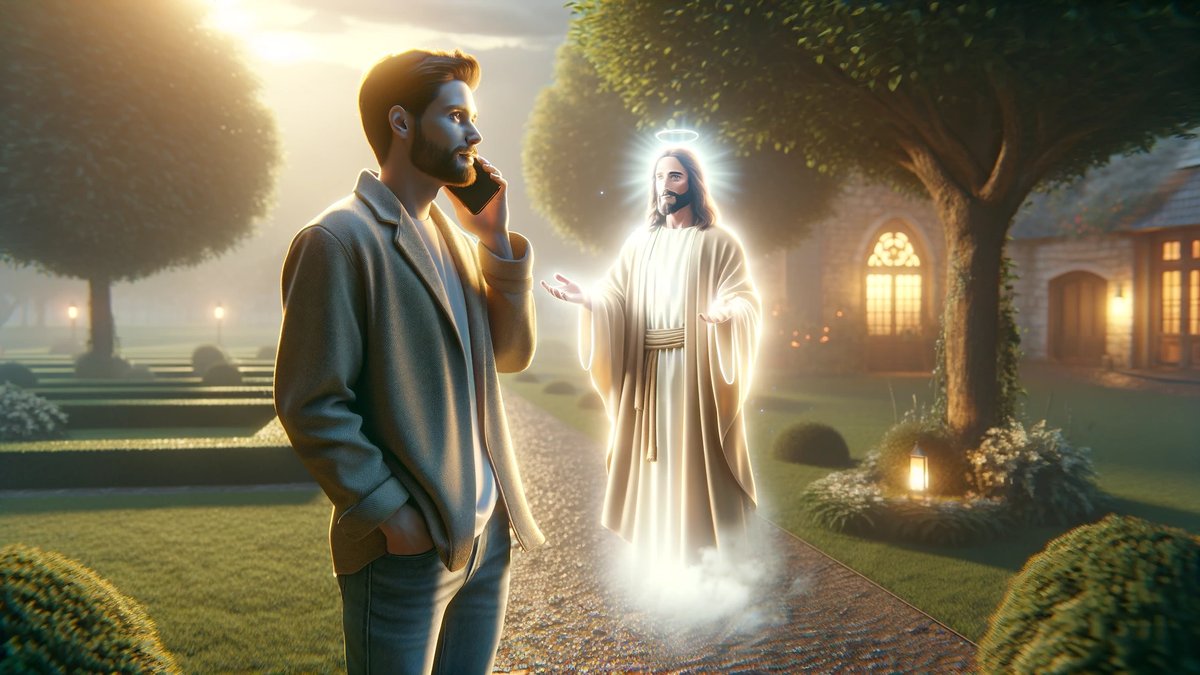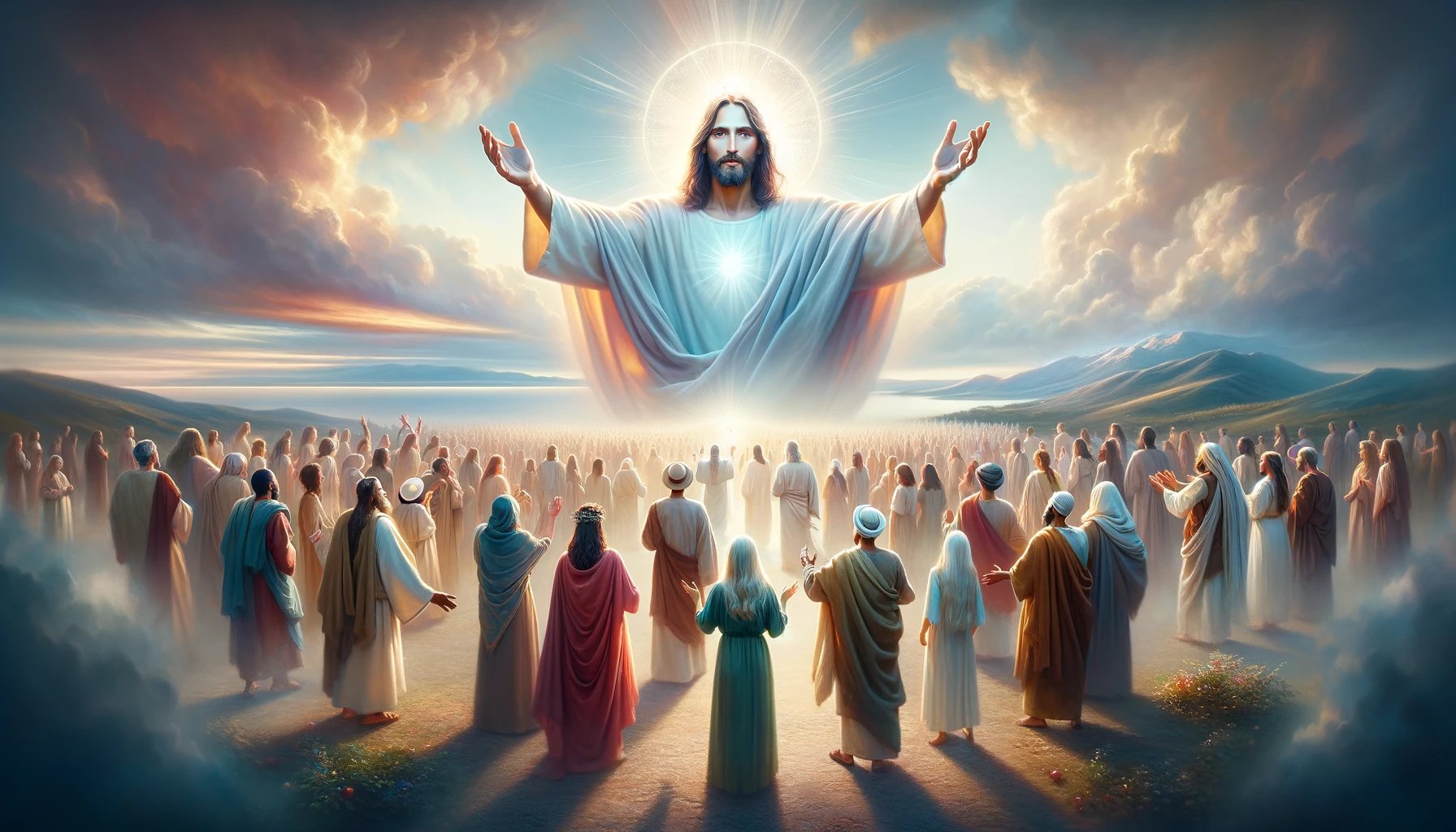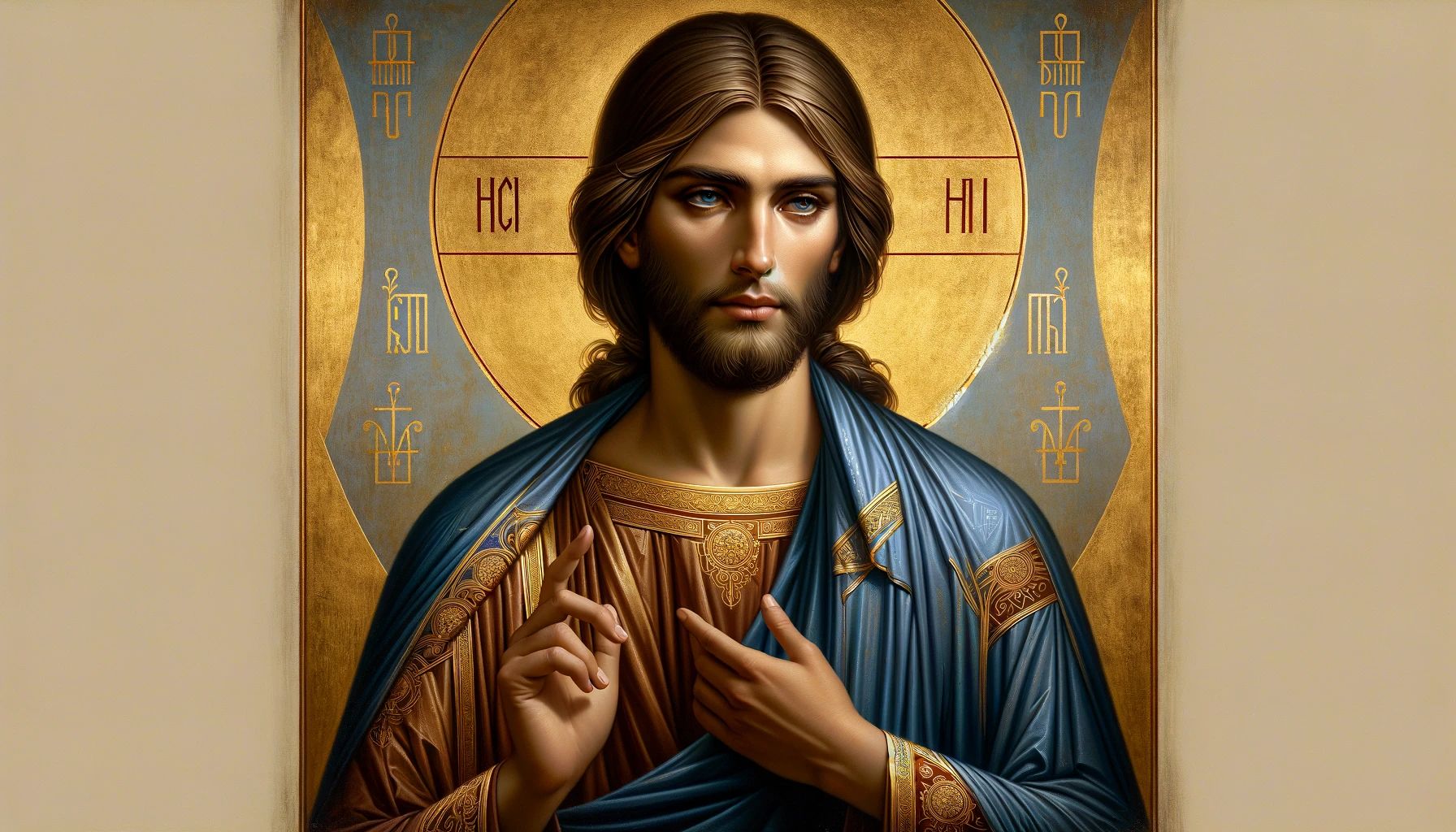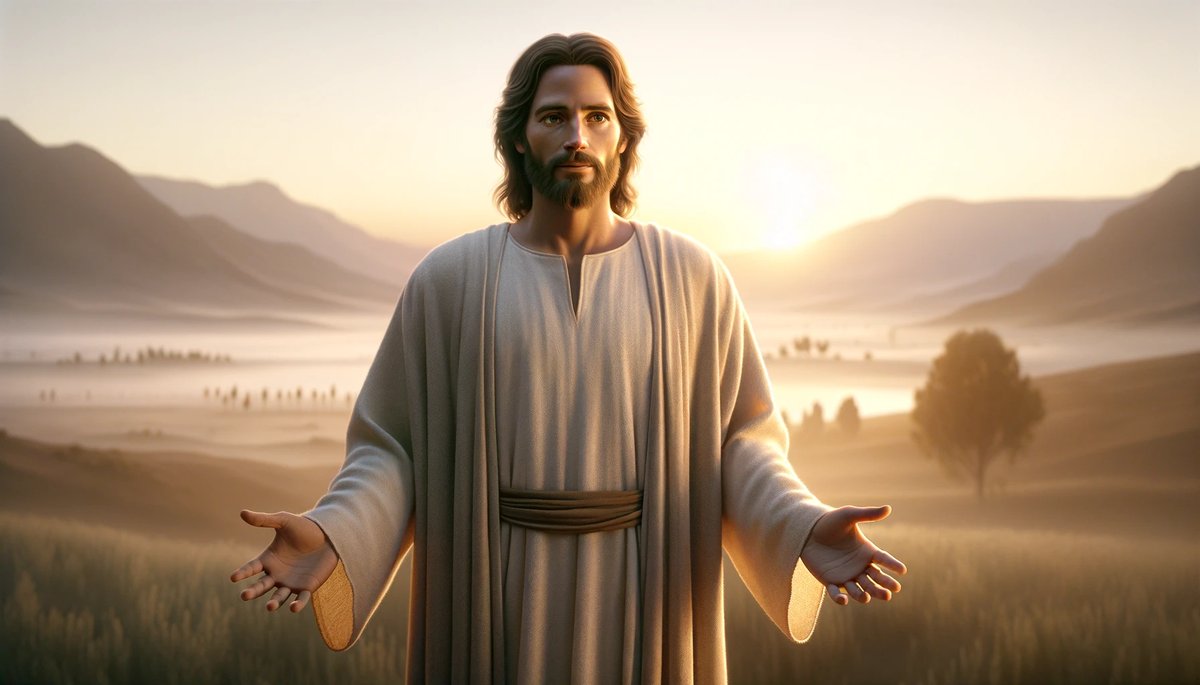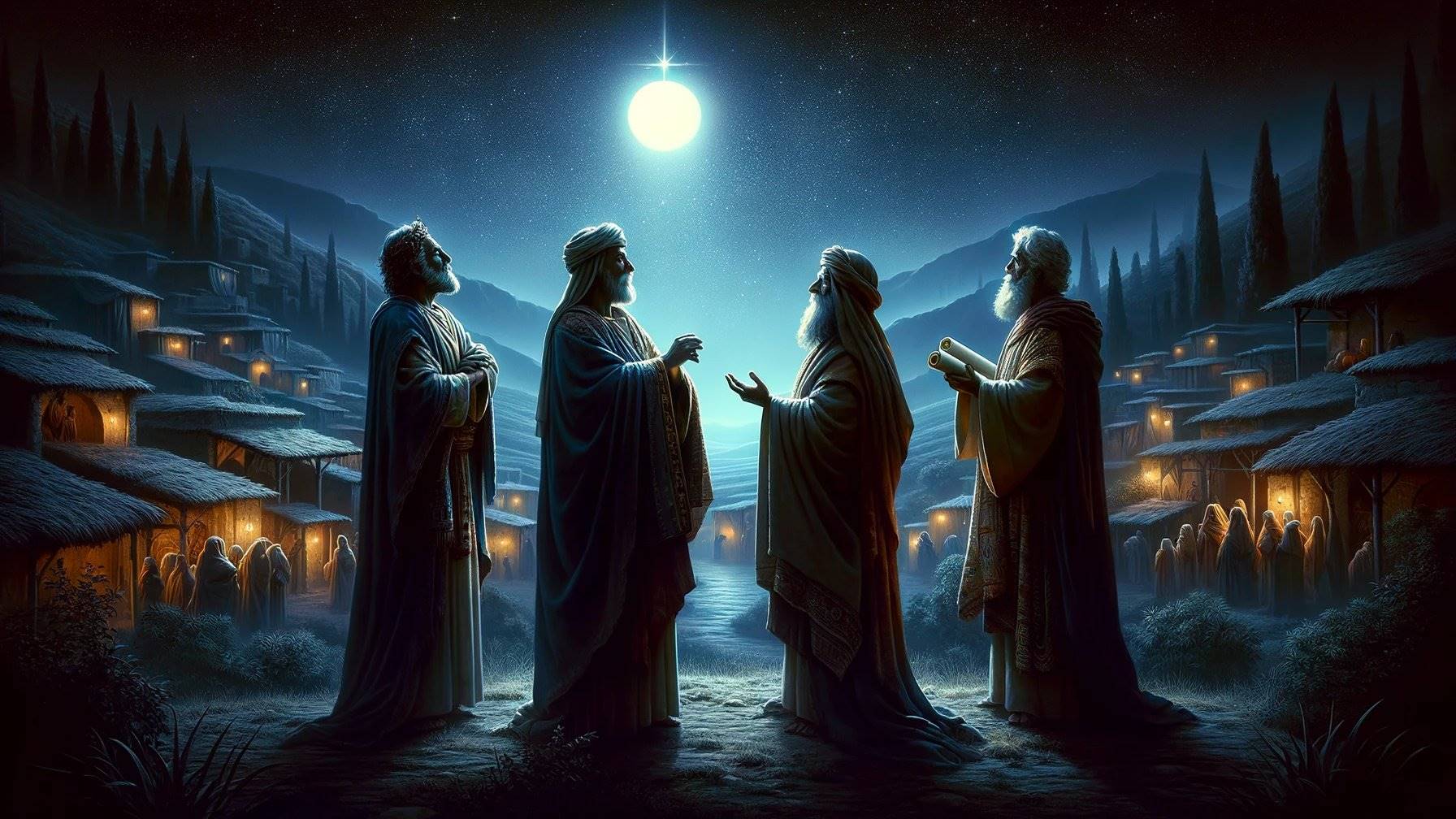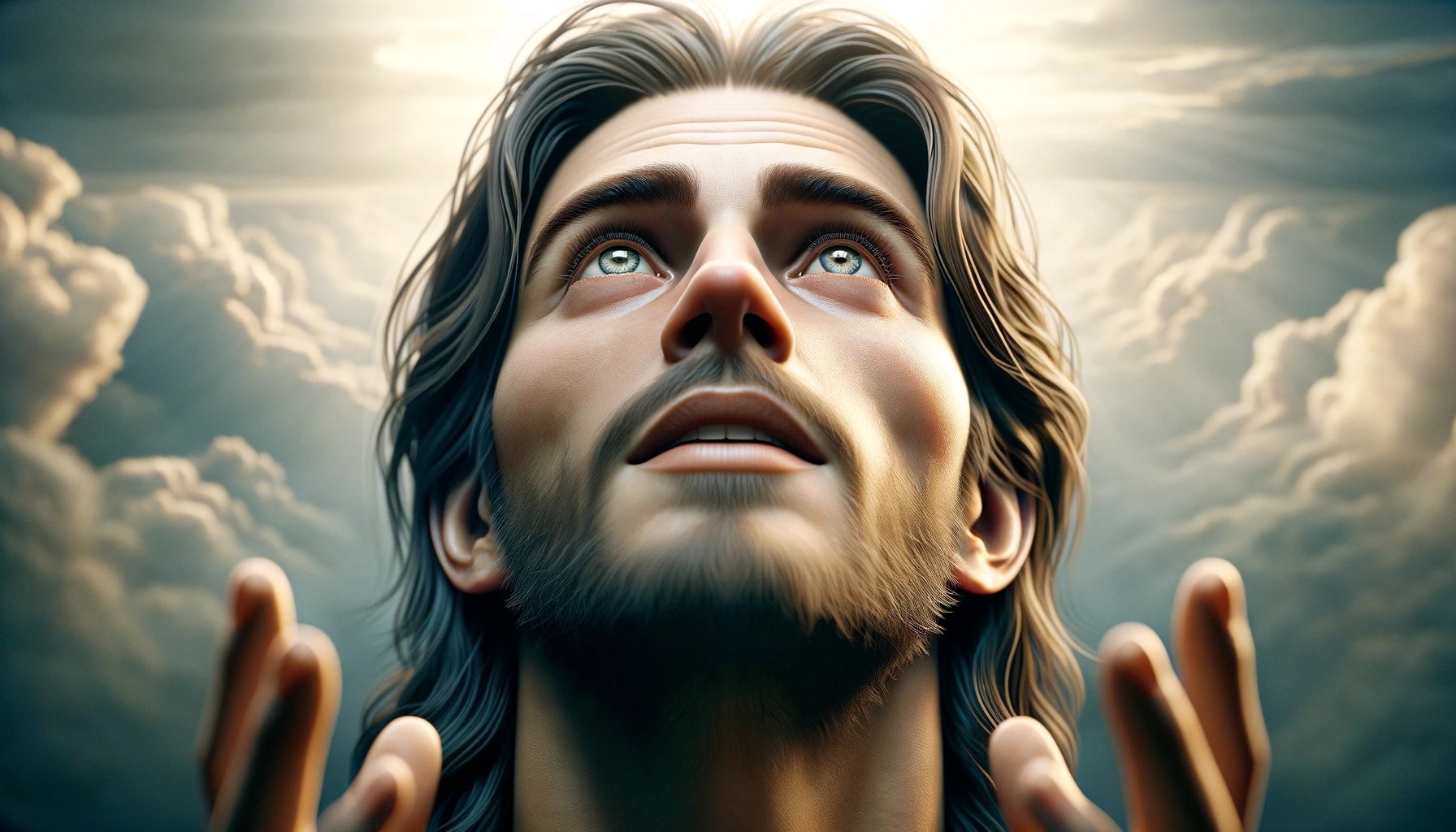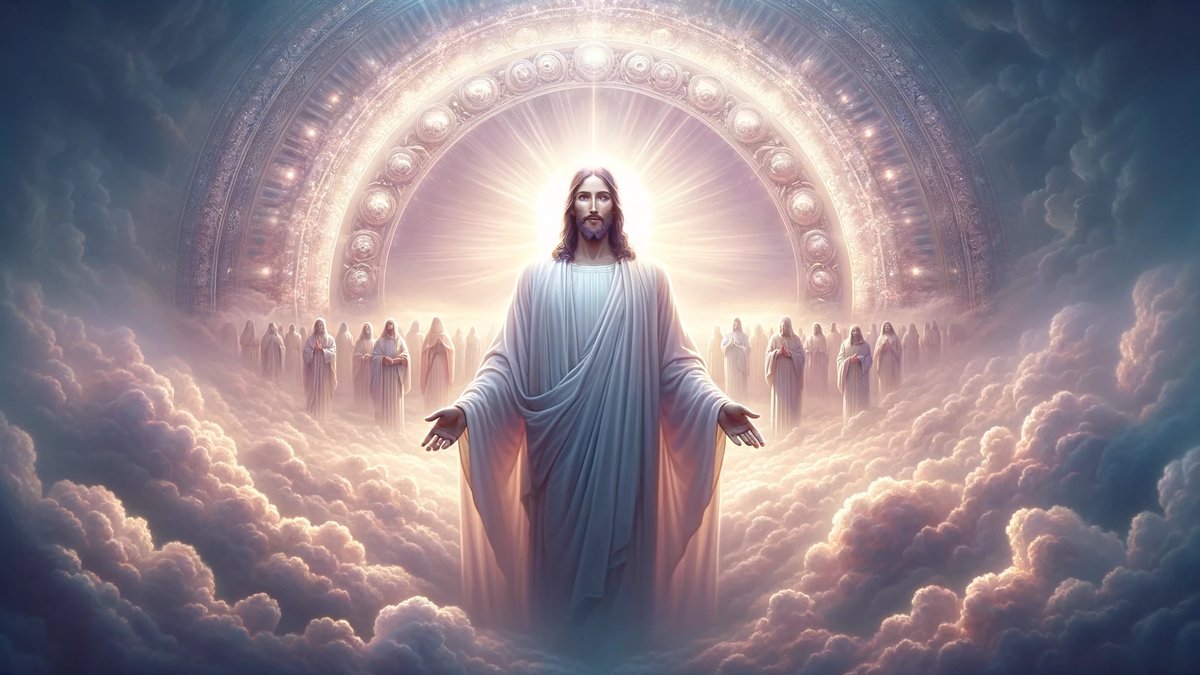Home>Christian Videos>Bible Stories>What Does Santa Claus Have To Do With The Birth Of Jesus Christ
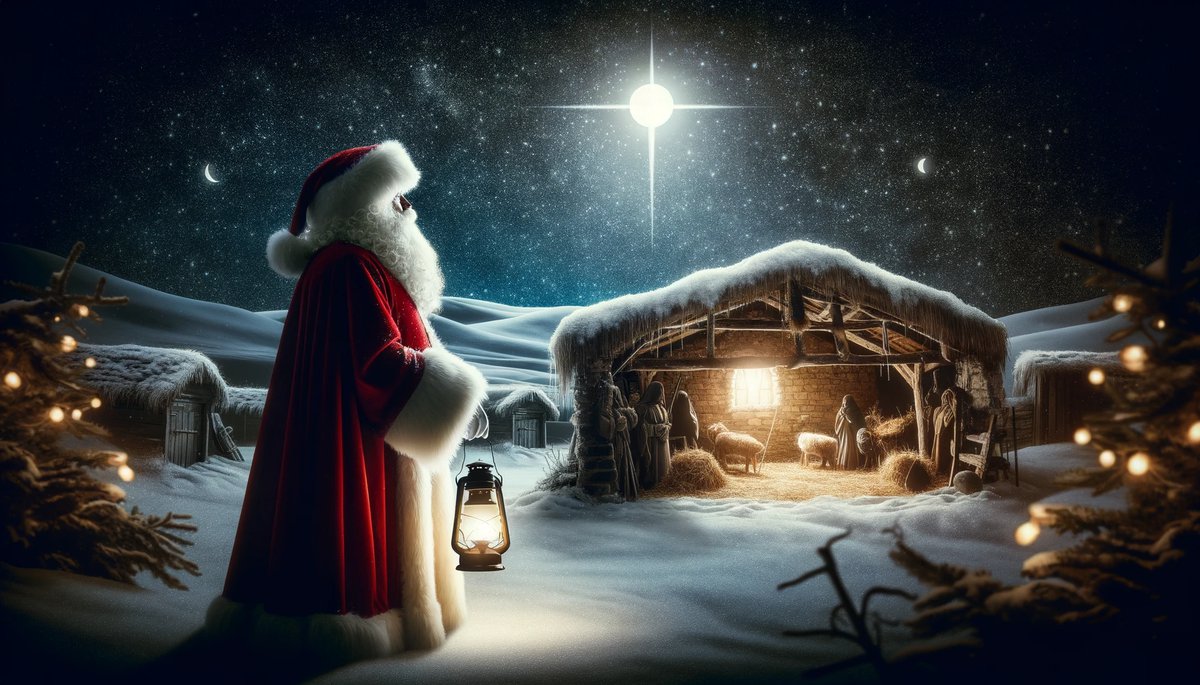

Bible Stories
What Does Santa Claus Have To Do With The Birth Of Jesus Christ
Published: March 3, 2024
Ericka Andersen, an editor at Christian.net, expertly merges digital strategy with content creation, focusing on faith and societal issues. Her communication skills enhance the platform's engaging narratives, fostering meaningful dialogue on belief's impact on society.
Discover the connection between Santa Claus and the birth of Jesus Christ in this insightful exploration of Bible stories. Uncover the fascinating link between these two beloved holiday traditions.
(Many of the links in this article redirect to a specific reviewed product. Your purchase of these products through affiliate links helps to generate commission for Christian.net, at no extra cost. Learn more)
Table of Contents
The Origins of Santa Claus
-
St. Nicholas: The origins of Santa Claus can be traced back to the 4th-century Christian bishop, St. Nicholas, who was known for his generosity and kindness. He was revered for his acts of charity and his reputation for secret gift-giving, which laid the foundation for the modern-day figure of Santa Claus.
-
Dutch Tradition: In the 16th century, Dutch settlers brought the tradition of St. Nicholas, or "Sinterklaas," to America. This tradition involved the celebration of St. Nicholas' feast day on December 6th, where children would receive gifts in his honor.
-
Evolution of Name: Over time, the name "Sinterklaas" evolved into "Santa Claus," and the image of this gift-giving figure became intertwined with the celebration of Christmas on December 25th.
-
Influence of Folklore: The image of Santa Claus was further shaped by various folktales and legends, including the influence of the English figure of Father Christmas and the merging of different cultural traditions.
-
Coca-Cola's Influence: In the 19th century, the depiction of Santa Claus was popularized through illustrations and advertisements, with the iconic red suit and white beard becoming synonymous with the holiday season. This imagery was further solidified through the famous Coca-Cola advertisements in the 1930s, which cemented the modern portrayal of Santa Claus.
-
Global Adaptation: As the concept of Santa Claus spread globally, different cultures incorporated their own customs and folklore, resulting in diverse interpretations of this beloved figure.
The origins of Santa Claus are deeply rooted in both Christian traditions and cultural folklore, creating a figure that embodies the spirit of generosity and gift-giving during the holiday season.
The Evolution of Santa Claus in Popular Culture
-
Literary Depictions: The evolution of Santa Claus in popular culture can be traced through various literary works. Notably, the poem "A Visit from St. Nicholas," also known as "The Night Before Christmas," published in 1823, played a pivotal role in shaping the modern image of Santa Claus. This poem introduced iconic elements such as Santa's sleigh, reindeer, and his jovial, rotund appearance, which have become synonymous with the festive season.
-
Film and Television: The portrayal of Santa Claus in film and television has further contributed to his evolution in popular culture. From classic films like "Miracle on 34th Street" to contemporary holiday movies, the depiction of Santa has evolved to encompass various interpretations, ranging from traditional and jolly to more modern and relatable representations.
-
Commercialization and Advertising: The commercialization of Christmas and the widespread use of Santa Claus in advertising have significantly influenced his portrayal in popular culture. Advertisements, marketing campaigns, and product branding have perpetuated the image of Santa as a symbol of joy, gift-giving, and holiday cheer, further embedding him in the collective consciousness of society.
-
Influence of Music and Art: Santa Claus has also been a prominent subject in music and art, contributing to his evolution in popular culture. From classic holiday tunes to contemporary songs, the musical representation of Santa reflects the changing cultural perceptions of this beloved figure. Similarly, artistic depictions of Santa in various mediums have adapted to reflect the evolving tastes and sensibilities of different eras.
-
Digital Media and Social Influence: In the digital age, Santa Claus has continued to evolve through social media, online content, and digital entertainment. The portrayal of Santa in memes, viral videos, and interactive websites has reimagined his character in ways that resonate with modern audiences, showcasing his enduring relevance in popular culture.
-
Cultural Adaptation and Diversity: As popular culture becomes increasingly diverse, the portrayal of Santa Claus has adapted to reflect a more inclusive representation. This evolution has seen the emergence of diverse Santas from different cultural backgrounds, embracing the spirit of unity and inclusivity during the holiday season.
The evolution of Santa Claus in popular culture is a testament to his enduring appeal and adaptability. From his humble origins to his ubiquitous presence in modern society, Santa Claus continues to capture the imagination and hearts of people around the world, embodying the spirit of generosity and goodwill that defines the holiday season.
The Historical Context of the Birth of Jesus Christ
-
Judea under Roman Rule: During the time of Jesus' birth, Judea was under the rule of the Roman Empire. The region was marked by political unrest and social upheaval, as the Jewish population faced the challenges of living under foreign occupation.
-
Expectation of a Messiah: The Jewish people held fervent expectations of a messianic figure who would deliver them from oppression and establish a new era of divine rule. This anticipation was deeply rooted in the religious and cultural consciousness of the time, shaping the collective hopes of the Jewish community.
-
Prophecies and Religious Traditions: The birth of Jesus Christ was foretold in various religious prophecies and scriptures, adding to the significance of his arrival. The fulfillment of these prophecies, such as those found in the Hebrew Bible, contributed to the belief in Jesus as the long-awaited Messiah.
-
Cultural and Religious Diversity: Judea was a melting pot of diverse cultures and religious beliefs, with influences from Hellenistic, Roman, and Jewish traditions. This cultural tapestry provided a rich backdrop for the events surrounding the birth of Jesus, influencing the narrative and symbolism associated with his life.
-
Social and Economic Conditions: The socio-economic conditions of Judea, characterized by disparities in wealth and social status, underscored the themes of humility and compassion that are central to the story of Jesus' birth. His humble beginnings in a manger and the subsequent message of love and equality resonated with the challenges faced by the marginalized members of society.
-
Role of Religious Leaders: The religious leaders of the time, including the Pharisees, Sadducees, and scribes, held significant influence over the spiritual and communal life of the Jewish people. Their interactions with Jesus, as depicted in the New Testament, shed light on the religious dynamics and theological debates of the era.
-
Propagation of Hope and Salvation: Against the backdrop of political turmoil and spiritual longing, the birth of Jesus Christ symbolized a message of hope, salvation, and divine intervention. His arrival was seen as a transformative event that offered spiritual renewal and redemption to those who embraced his teachings.
The historical context of the birth of Jesus Christ encompasses a complex tapestry of political, religious, and cultural dynamics, shaping the significance of his life and message within the broader narrative of human history.
The Connection Between Santa Claus and the Birth of Jesus Christ
-
Spirit of Generosity: At the heart of both Santa Claus and the birth of Jesus Christ is the spirit of generosity and compassion. Santa Claus, inspired by the selfless acts of St. Nicholas, embodies the joy of giving and sharing with others, mirroring the teachings of Jesus to love one another and care for those in need.
-
Symbol of Goodwill: Santa Claus serves as a symbol of goodwill and kindness, promoting the values of empathy and charity during the Christmas season. Similarly, the birth of Jesus Christ represents the ultimate expression of God's love for humanity, emphasizing the importance of forgiveness, grace, and the promise of salvation.
-
Emphasis on Love and Joy: Both Santa Claus and the birth of Jesus Christ emphasize the virtues of love, joy, and hope. Santa's jovial presence and the act of gift-giving reflect the festive spirit of Christmas, while the birth of Jesus heralds a message of peace and joy for all mankind, transcending cultural and religious boundaries.
-
Celebration of Faith and Traditions: The connection between Santa Claus and the birth of Jesus Christ lies in the celebration of faith and traditions. While Santa Claus represents the secular aspects of Christmas, the holiday remains rooted in the commemoration of the birth of Jesus, uniting believers in the observance of religious customs and spiritual reflection.
-
Teaching of Moral Values: Santa Claus, through folklore and popular culture, reinforces moral values such as honesty, kindness, and the importance of being charitable. In a similar vein, the life and teachings of Jesus Christ exemplify moral principles that guide individuals towards righteousness, compassion, and the pursuit of righteousness.
-
Symbolism of Light and Hope: Both Santa Claus and the birth of Jesus Christ carry symbolism related to light and hope. Santa's association with the North Pole and the delivery of gifts symbolizes the spreading of joy and light during the darkest time of the year. Likewise, the birth of Jesus represents the dawning of a new era, bringing the light of salvation and the hope of redemption to humanity.
-
Unifying Elements of Tradition: While Santa Claus and the birth of Jesus Christ are distinct in their origins, they serve as unifying elements of tradition and celebration during the Christmas season. The coexistence of these symbols reflects the diversity of cultural expressions and the shared values of love, giving, and togetherness that define the holiday spirit.
The connection between Santa Claus and the birth of Jesus Christ underscores the multifaceted nature of Christmas, encompassing both secular and religious dimensions that resonate with individuals across different beliefs and backgrounds.
The Impact of Santa Claus on the Celebration of Christmas
-
Commercialization of Christmas: Santa Claus has become a central figure in the commercialization of Christmas. His image is prominently featured in advertisements, retail displays, and marketing campaigns, contributing to the festive atmosphere and consumer-driven aspects of the holiday season.
-
Festive Iconography: The iconic imagery of Santa Claus, including his red suit, white beard, and sleigh, has become synonymous with the visual representation of Christmas. From decorations to greeting cards, the presence of Santa Claus adds a sense of whimsy and joy to the holiday festivities.
-
Childhood Wonder and Joy: Santa Claus embodies the magic of childhood wonder and imagination during Christmas. The anticipation of his arrival on Christmas Eve, along with the tradition of leaving out milk and cookies, brings a sense of joy and excitement to children, fostering a spirit of innocence and belief in the extraordinary.
-
Generosity and Gift-Giving: The tradition of gift-giving associated with Santa Claus reflects the spirit of generosity and sharing during Christmas. The act of exchanging presents, inspired by the benevolence of St. Nicholas, reinforces the values of giving and gratitude, fostering a sense of community and goodwill.
-
Cultural and Community Traditions: Santa Claus has become an integral part of cultural and community traditions associated with Christmas. From Santa parades and grottos to charitable events and volunteer initiatives, the presence of Santa Claus serves as a unifying symbol that brings people together in celebration and charitable endeavors.
-
Global Symbol of Christmas: Santa Claus has transcended cultural and geographical boundaries to become a global symbol of Christmas. His universal appeal and recognition have contributed to the internationalization of Christmas traditions, creating a shared icon that resonates with diverse populations around the world.
-
Narrative of Joy and Belief: The narrative of Santa Claus, with its themes of joy, kindness, and belief, adds a layer of enchantment to the celebration of Christmas. Whether through storytelling, films, or festive events, the presence of Santa Claus weaves a tale of magic and optimism that captivates audiences of all ages.
-
Spirit of Giving Back: Beyond the material aspects, Santa Claus inspires a spirit of giving back to the community. Many charitable initiatives and volunteer efforts are organized in the name of Santa Claus, emphasizing the importance of compassion, empathy, and support for those in need during the holiday season.
-
Interplay with Religious Observance: While Santa Claus is a secular figure, his impact on the celebration of Christmas intersects with religious observance. The coexistence of Santa Claus alongside religious traditions reflects the dynamic nature of Christmas as a time for both spiritual reflection and festive merriment.
-
Enduring Symbol of Joy: Ultimately, the impact of Santa Claus on the celebration of Christmas lies in his enduring status as a symbol of joy, hope, and the spirit of giving. His presence enriches the holiday experience, fostering a sense of warmth, togetherness, and the timeless magic of Christmas.




